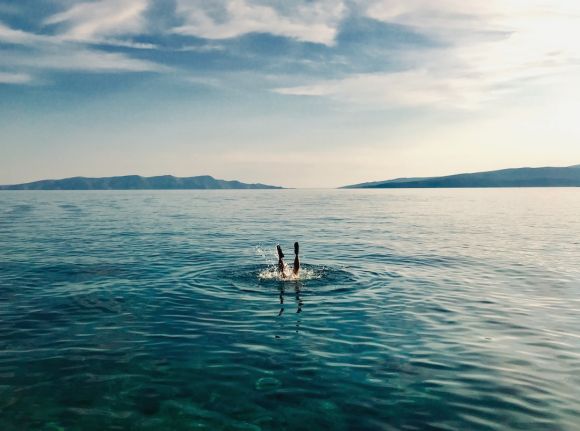Buoyancy control is a fundamental skill that every diver should master. It allows you to effortlessly maintain your position in the water column, conserving energy and ensuring a safe and enjoyable diving experience. To help you improve your buoyancy control, here are some valuable tips:
Understanding the Basics
Before we dive into the tips, it’s important to have a clear understanding of the basic principles of buoyancy control. Buoyancy is the upward force exerted on an object submerged in a fluid, such as water. In diving, we use buoyancy control devices (BCDs) to adjust our buoyancy by adding or releasing air from the BCD.
Mastering Proper Weighting
Achieving proper weighting is crucial for efficient buoyancy control. Overweighting can lead to excessive positive buoyancy, causing you to float uncontrollably. On the other hand, being underweighted can make it difficult to descend and maintain a stable position underwater. Experiment with different weights during your training dives to find the perfect balance.
Fine-tuning Your Trim
Trim refers to your body’s position in the water. Maintaining a horizontal trim is essential for efficient buoyancy control. It helps reduce drag and allows you to move effortlessly through the water. To achieve optimal trim, distribute your weight evenly, keep your head up, and streamline your body. Practice different body positions and observe how they affect your buoyancy.
Mastering Your Breathing
Breathing plays a significant role in buoyancy control. By controlling your breathing, you can adjust your buoyancy without relying solely on your BCD. Slow, deep breaths will make you more buoyant, while exhaling completely will make you sink. Practice breathing control during your dives to become more confident in adjusting your buoyancy using your lungs.
Using Proper Fins Techniques
Using the correct finning techniques can greatly enhance your buoyancy control. Flutter kicks are the most commonly used technique, but they can be inefficient and lead to excessive movement. Instead, try using frog kicks or modified flutter kicks, which use less energy and create less disturbance in the water. Experiment with different techniques and find the one that works best for you.
Avoiding Over-reliance on Your BCD
While your BCD is an essential tool for buoyancy control, it should not be your sole means of adjusting your buoyancy. Over-reliance on your BCD can lead to poor buoyancy control and unnecessary air consumption. Instead, practice using your lungs and body positioning to fine-tune your buoyancy, using the BCD only for minor adjustments.
Maintaining Neutral Buoyancy
Neutral buoyancy is the goal of every diver. It allows you to hover effortlessly in the water without sinking or floating. Achieving neutral buoyancy requires practice and finesse. Use small, controlled breaths and make slight adjustments to your body position to achieve that perfect balance. Remember to monitor your buoyancy constantly and make necessary adjustments throughout your dive.
Continual Practice and Awareness
Buoyancy control is a skill that takes time to develop, and the key to improvement is continual practice and awareness. Take every opportunity to dive and focus on your buoyancy control. Observe how different factors such as equipment, body position, and breathing affect your buoyancy. With time and practice, you will become more proficient in maintaining efficient buoyancy control.
In conclusion, efficient buoyancy control is essential for a safe and enjoyable diving experience. By understanding the basics, mastering proper weighting and trim, controlling your breathing, using proper fins techniques, avoiding over-reliance on your BCD, and maintaining neutral buoyancy, you can enhance your buoyancy control skills. Remember, practice makes perfect, so dive often and stay aware of your buoyancy throughout each dive.





